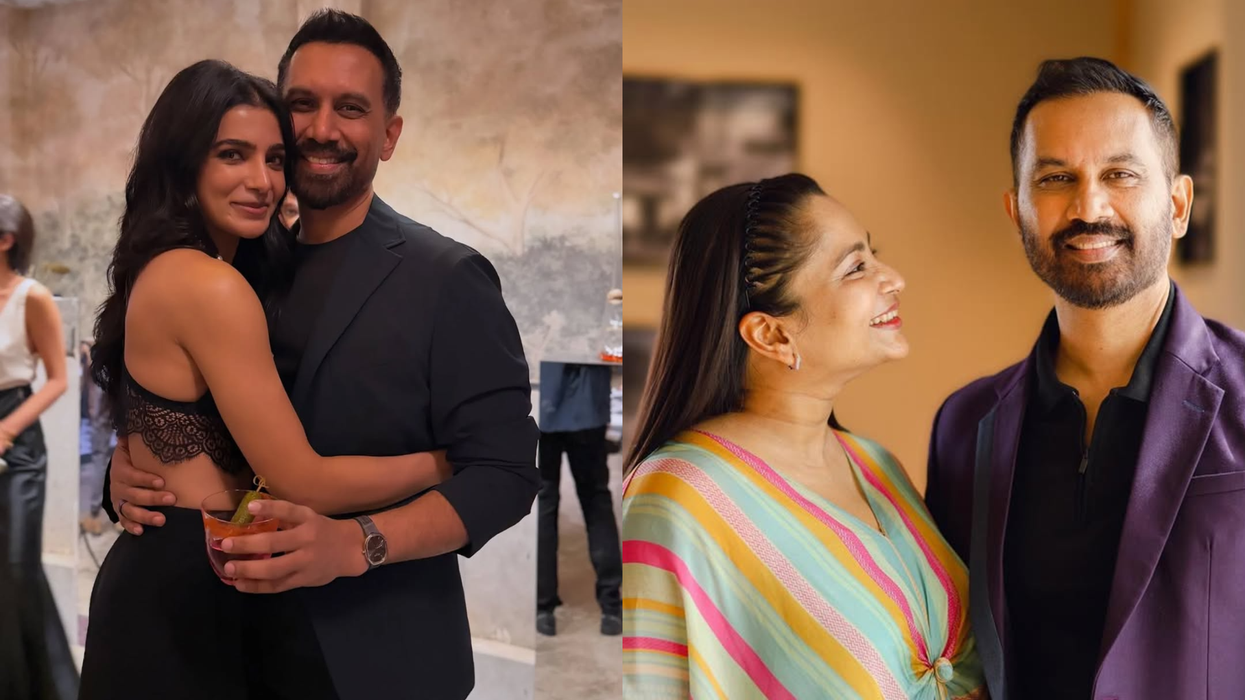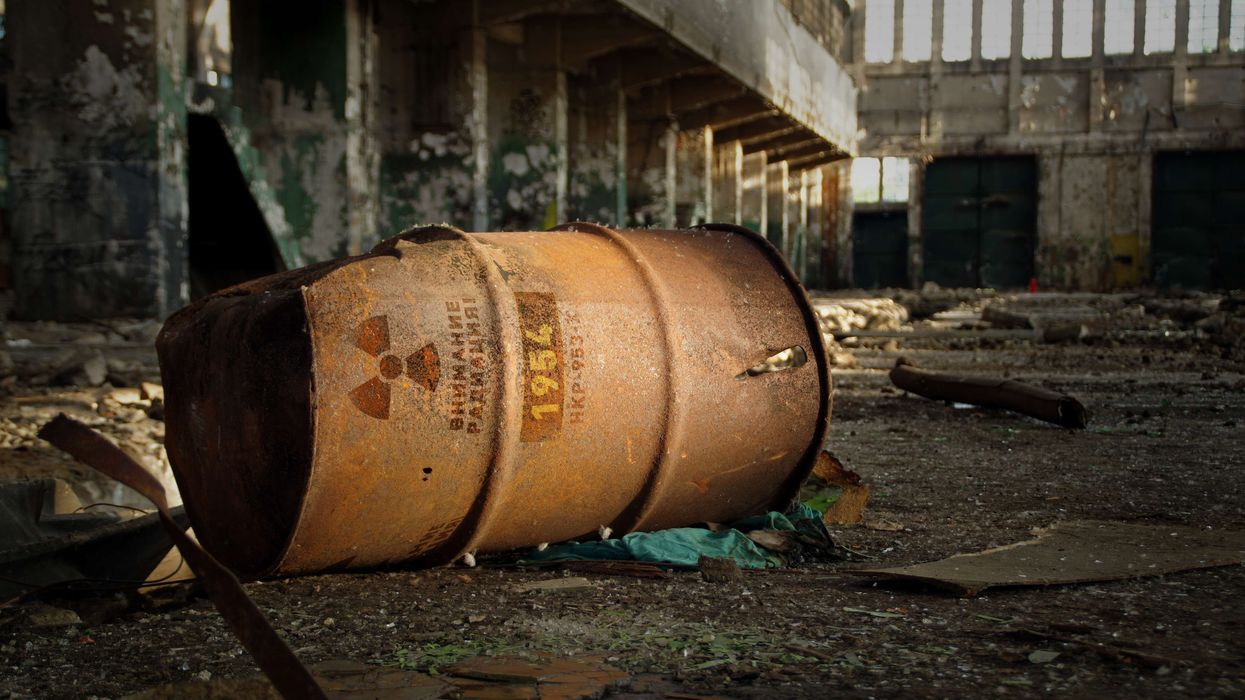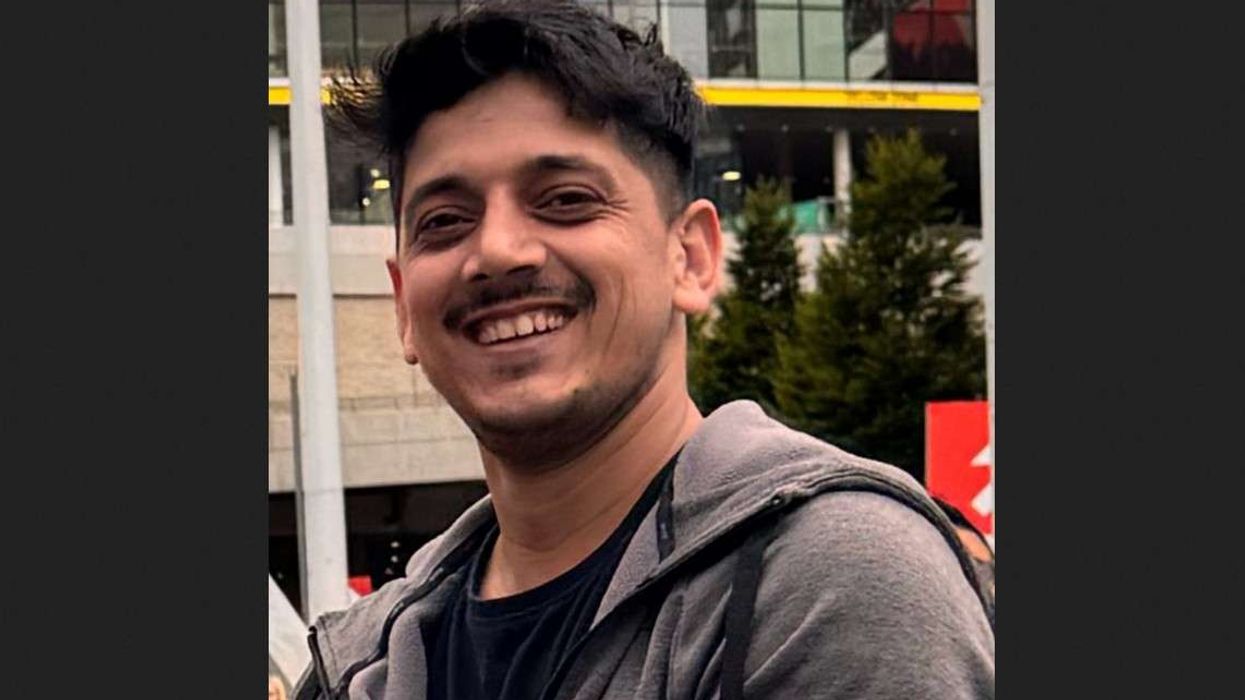This Navratri, the traditional rhythms of Garba are being paired with the timeless melodies of British folk in a new musical fusion that promises to bring fresh energy to the festival.
The piece blends the iconic Gujarati folk song Kon Halave Limdi Ne Kon Halave Pipdi with the classic English–Celtic ballad Scarborough Fair. It is performed as a duet by Gujarati folk singer Kashyap Dave and Western classical vocalist Vanya Bhatt, a graduate of Christ University, Bengaluru.
Rooted in Surat, Gujarat—the city where the British East India Company established its first factory in 1612—the collaboration connects two cultures centuries apart, showing how music can transcend time and geography.
“For me, Kon Halave Limdi captures the joy and energy of Garba,” said Vanya. “Pairing it with Scarborough Fair created a harmony that feels both new and familiar, perfect for global Navratri celebrations.”
Music producer Jimmy Desai called it “a rare and exciting blend.” He added: “It’s not often you hear operatic vocals flowing seamlessly over Garba rhythms. We wanted to preserve the essence of both traditions while making the music festive and universal.”
The English ballad, originally romantic, has been reworked with lyrics highlighting the camaraderie, joy and togetherness central to Navratri.
“The Gujarati melody instantly evokes community spirit,” said Kashyap. “Combining it with a British classic gives it cross-cultural appeal, making it suitable for celebrations anywhere in the world.”
The fusion, the team said, is more than just a song: it is a celebration of heritage, a bridge between East and West, and a musical thread tying hearts together during the festival of dance, devotion and community.

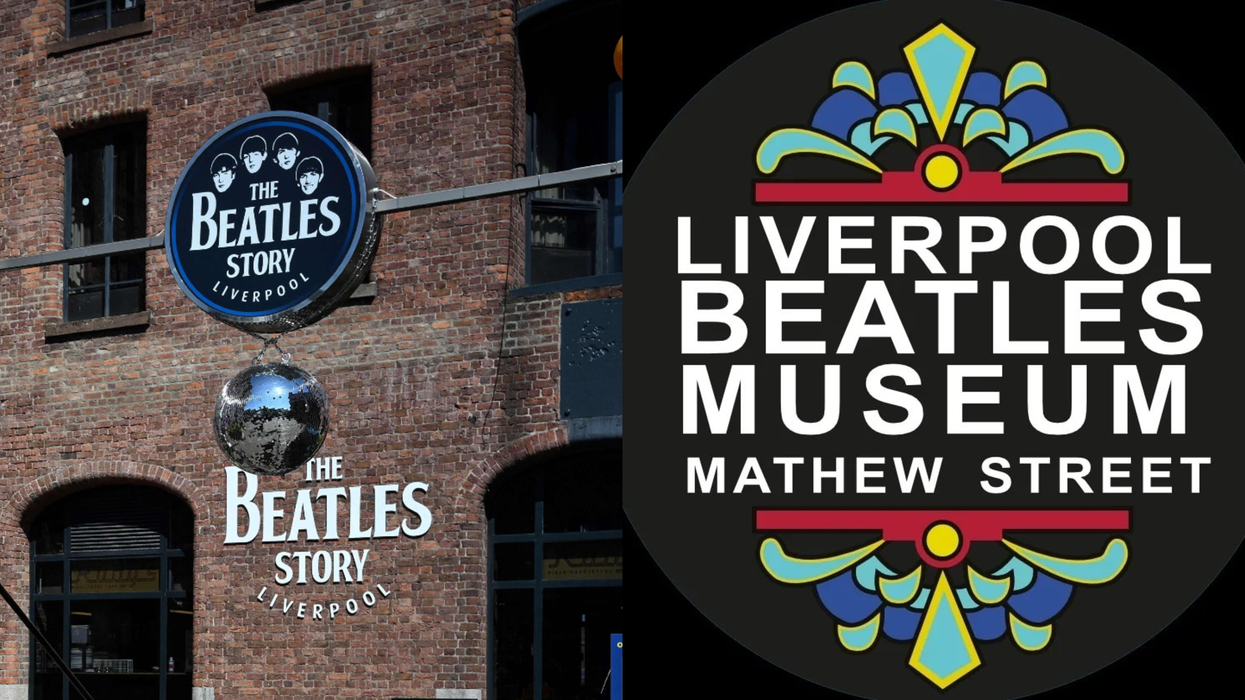
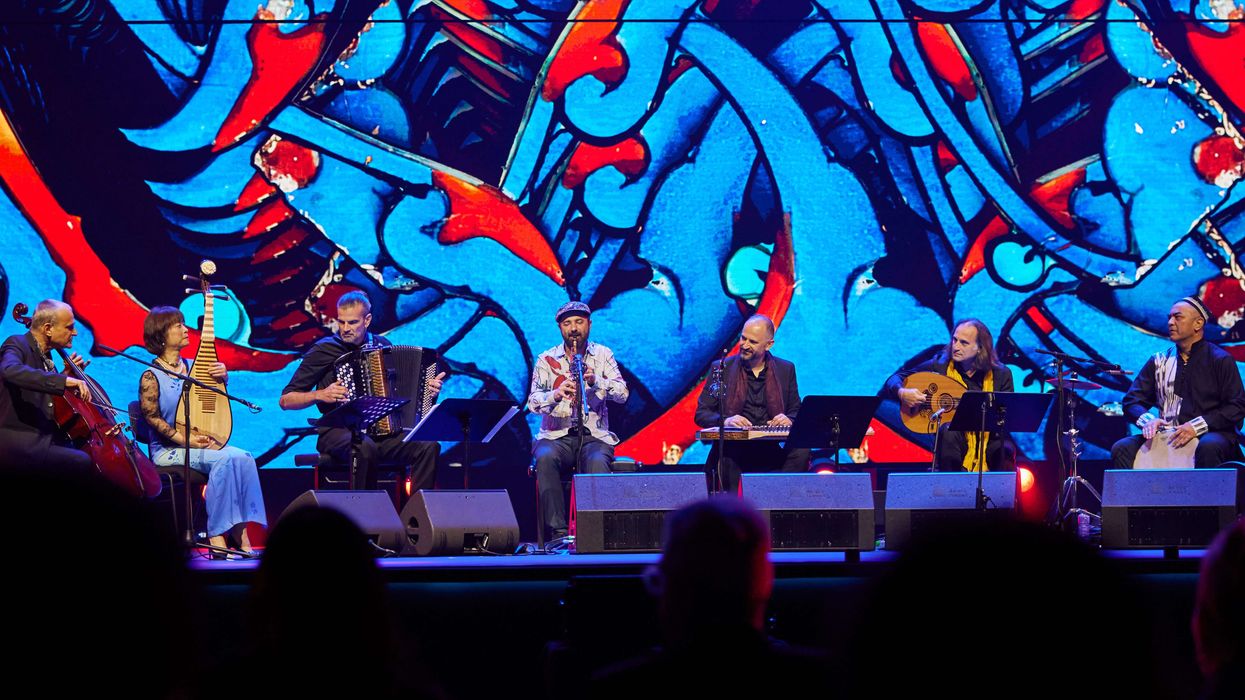
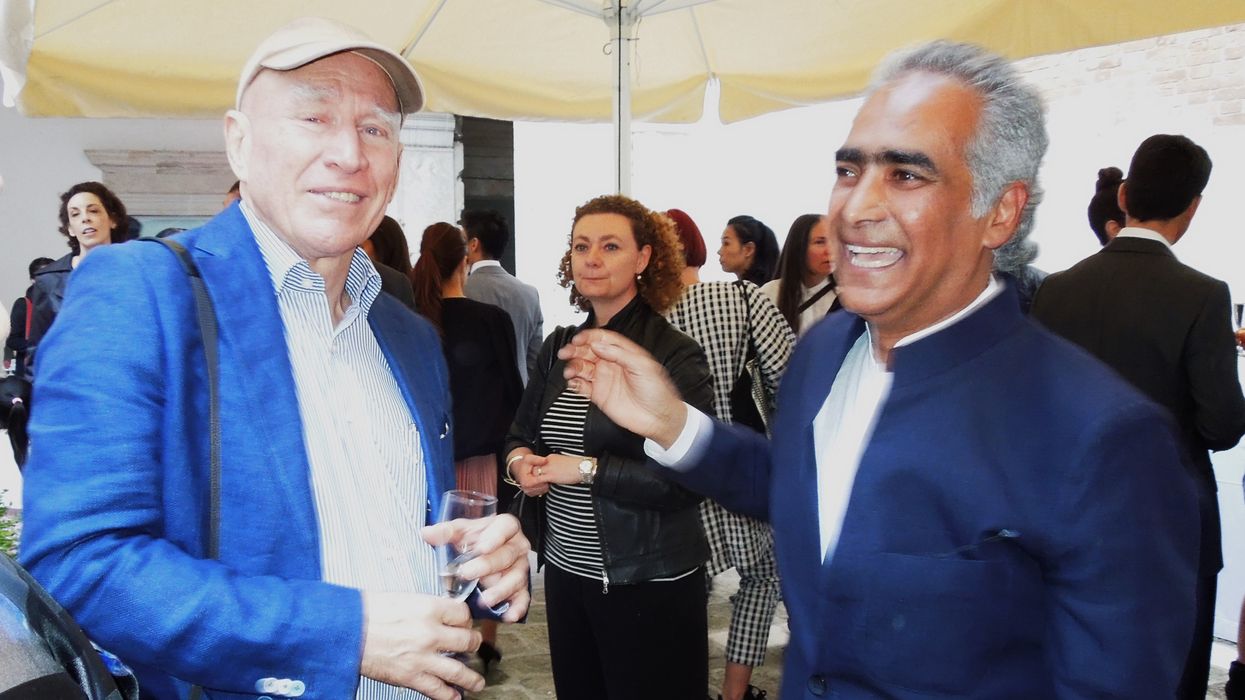

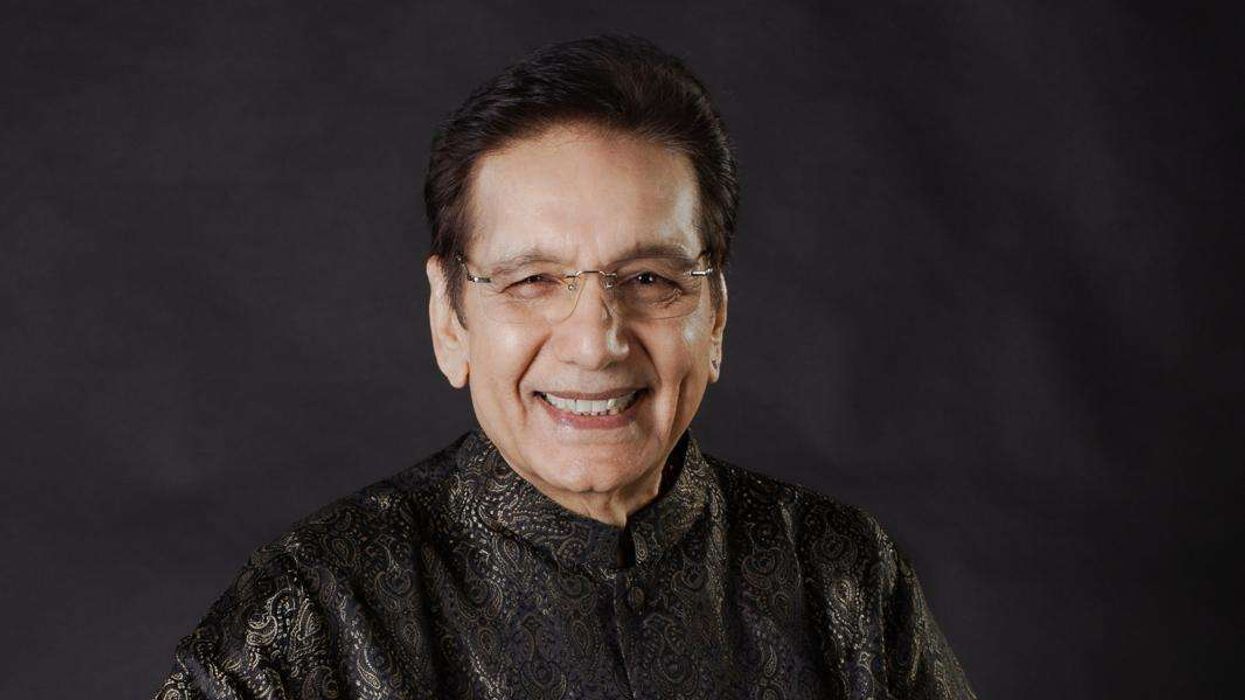
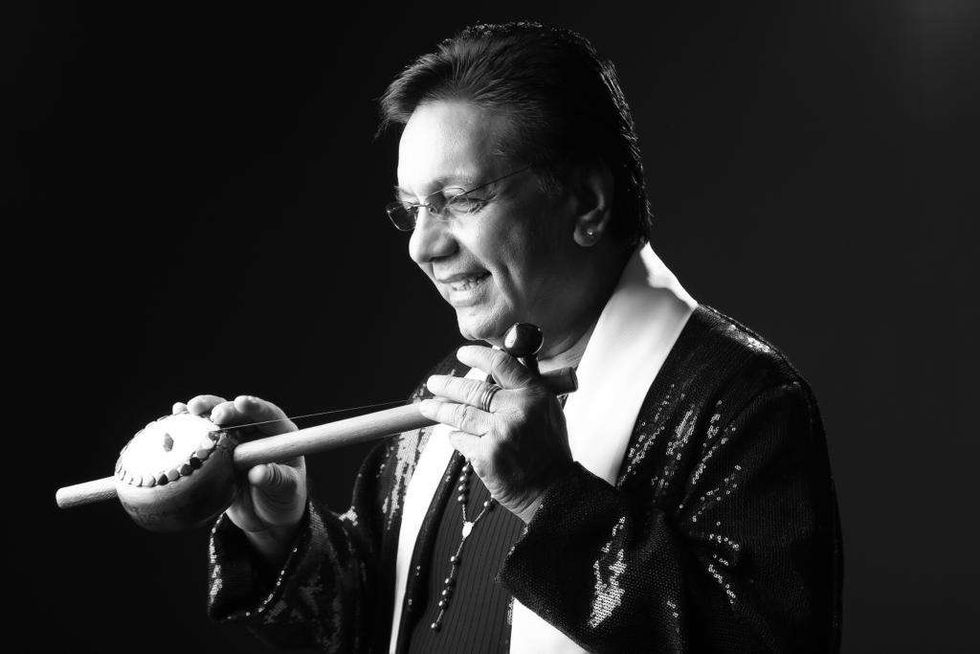 Channi Singh OBE — founder and frontman of the pioneering bhangra band AlaapChanni Singh
Channi Singh OBE — founder and frontman of the pioneering bhangra band AlaapChanni Singh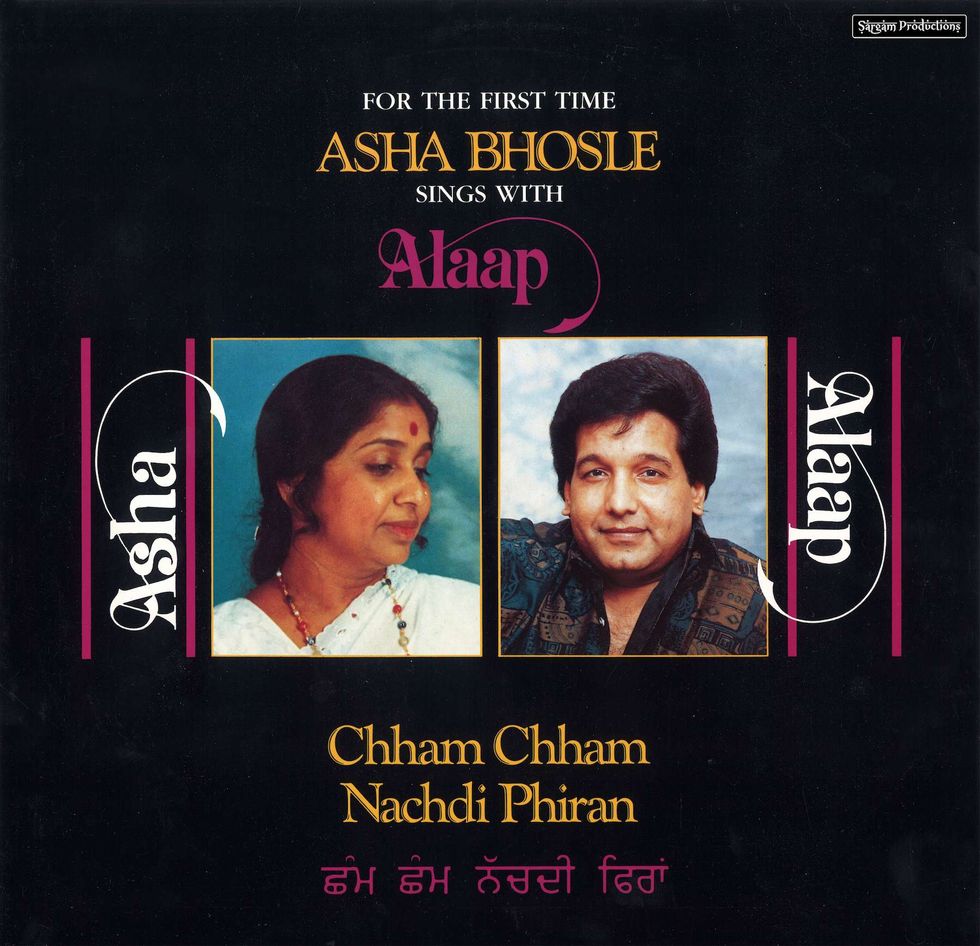 Chham Chham Nachdi Phiran (with Asha Bhosle)Channi Singh
Chham Chham Nachdi Phiran (with Asha Bhosle)Channi Singh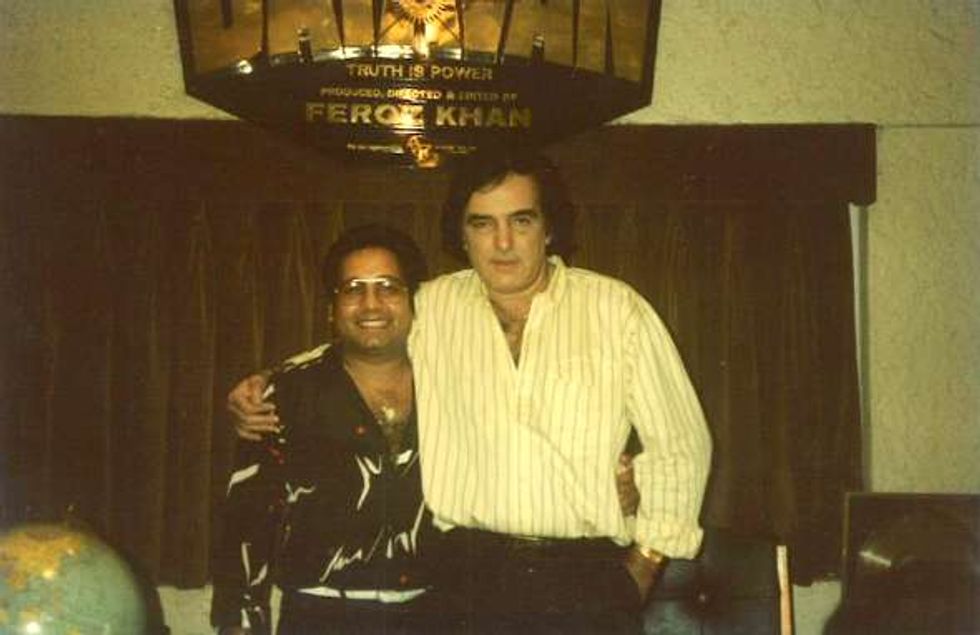 Channi Singh with Feroz KhanChanni Singh
Channi Singh with Feroz KhanChanni Singh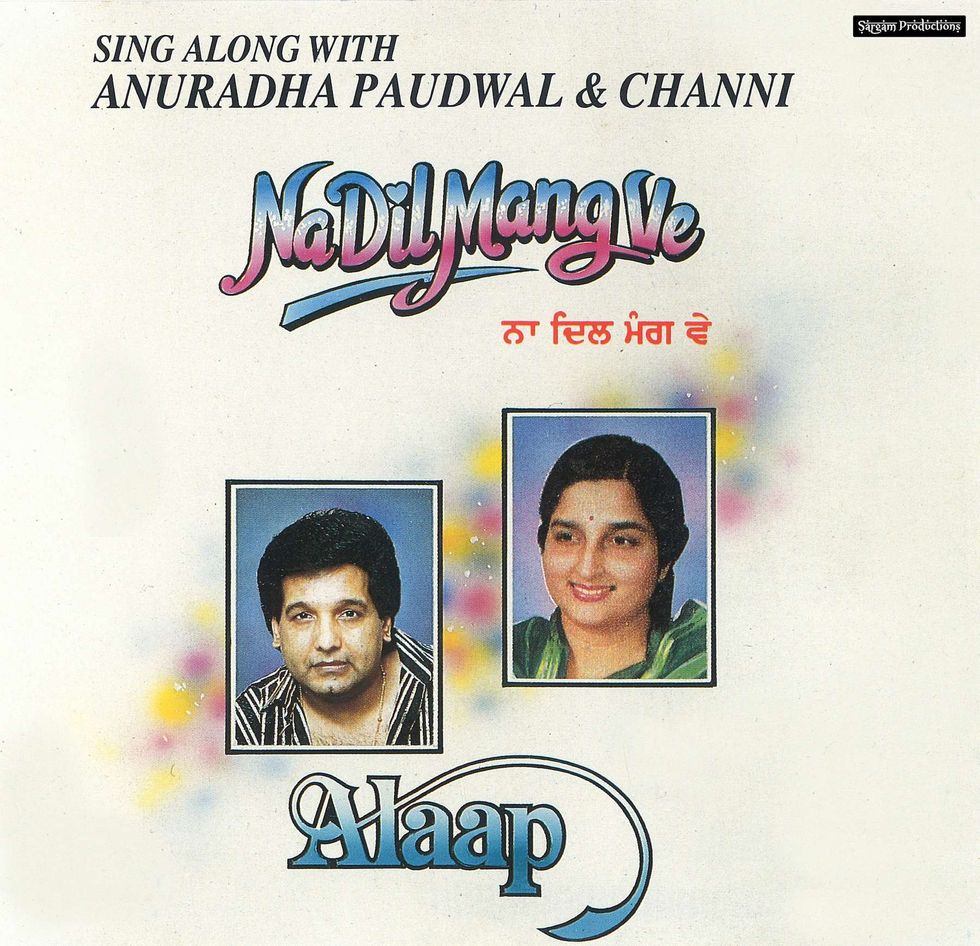 Na Dil Mang Ve (with Anuradha Paudwal)Channi Singh
Na Dil Mang Ve (with Anuradha Paudwal)Channi Singh